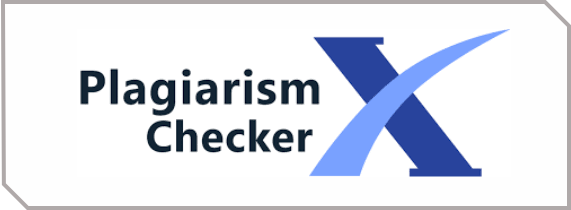The Effects of Stimulus and Consumer Characteristics on the Utilization of Nutrition Information and Purchase Intention
DOI:
https://doi.org/10.53748/jbms.v1i2.20Keywords:
nutrition information, nutrient familiarity, preventive orientation, motivation to process, purchase intentionAbstract
This research study investigates the effect of stimulus and consumer characteristics on the utilization of nutrition information. Details of stimulus in this research study are negative arousal consequence information (paired 3 levels: high, low, control) and reference information (with and without information on Recommended Dietary Allowance or RDA). Meanwhile, details for consumer characteristics are nutrient familiarity (familiar, unfamiliar), and preventive orientation (high, low). The measurements of utilization of nutrition information are through the motivation to process, ability to process, and purchasing intention. This quantitative research employs 3x2x2 experimental design. Based on the data of 353 respondents, the findings showed that the variables affecting motivation to process are consequence information, nutrient familiarity, and preventive orientation. In contrast, preventive did not affect the purchasing intention. This study can predict the best strategy of nutrition information that makes people utilize the knowledge and attract them regarding their purchasing intention. This will not only help policy makers design legal polices that promote health but will also help corporations develop products that better match consumers’ desire for healthy food.
Downloads
Downloads
Published
How to Cite
Issue
Section
License
Authors retain copyright and grant the journal right of first publication with the work simultaneously licensed under a Creative Commons Attribution 4.0 (CC 4.0) that allows others to share the work with an acknowledgment of the work's authorship and initial publication in this journal.


















